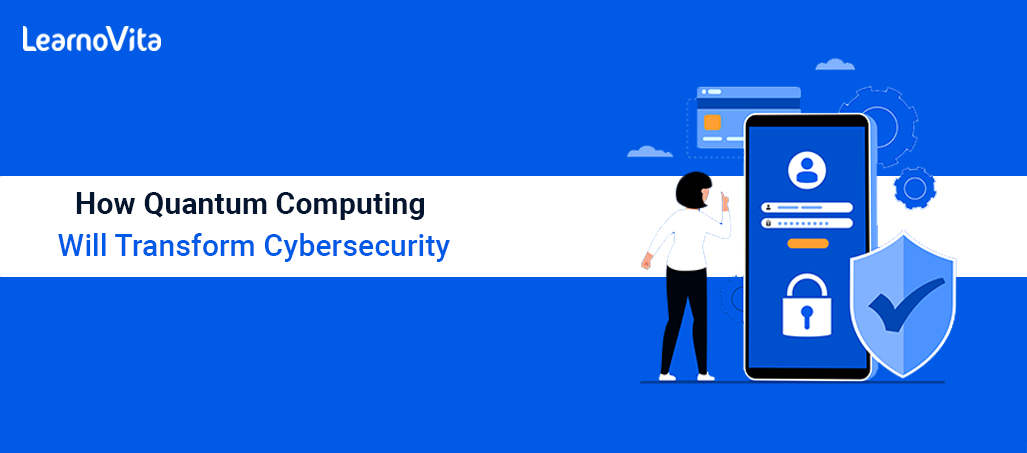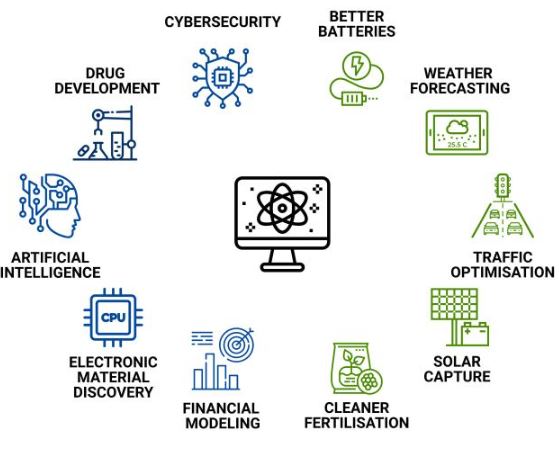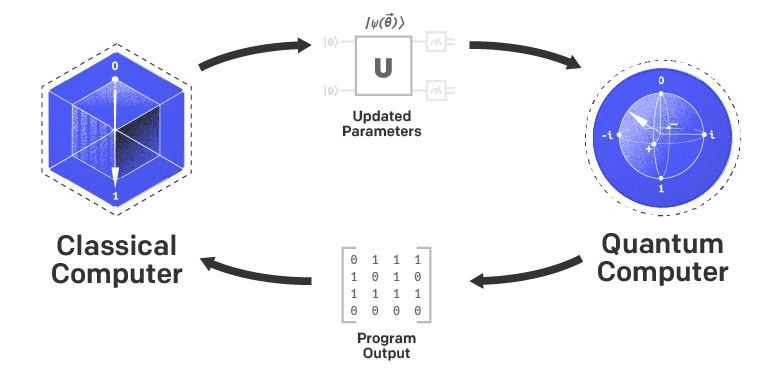
How Quantum Computing Will Transform Cybersecurity | All you need to know [ OverView ]
Last updated on 04th Nov 2022, Artciles, Blog
- In this article you will learn:
- 1.Introduction to Quantum.
- 2.Another reason to take a action now: Scraping Threat.
- 3.The Quantum Threat to Cybersecurity.
- 4.Adapting Cybersecurity to Address a Threat.
- 5.Cybersecurity Implications.
- 6.Conclusion.
Introduction to Quantum:
- Quantum computing holds great promise in many fields like medical research, artificial intelligence and weather forecasting etc. But it also poses a significant threat to cyber security which needs a change in the way we encrypt data.
- Even though quantum computers don’t technically have the power to break most forms of encryption we currently have we still need to stay ahead of the danger and come up with quantum-proof solutions.
- If wait until those powerful quantum computers are start breaking a encryption, it will be too late.
Another reason to take a action now: Scraping Threat:
- Even if quantum computers are commercially available yet another reason quantum-proof data is now at risk of scraping data by nefarious actors. They are already stealing data and holding it until they can get their hands on the quantum computer to decrypt it. At that point the data would have already been compromised.
- The only way to ensure the security of information especially information that needs to be protected well into the future is to protect it now with the quantum-proof solution.
The Quantum Threat to Cybersecurity:
- Quantum computers will be able to solve problems that are too complex for classical computers. This involves solving the algorithms behind the encryption keys that protect data and the infrastructure of the Internet.
- Much of today’s encryption is based on the mathematical formulas that would take today’s computers an impractically long time to be decode.
- Today’s RSA encryption a widely used form of encryption especially for sending sensitive data over the Internet is based on 2048-bit numbers.
- An Experts estimate that quantum computers would need to be as large as a 70 million qubits to break that encryption.
- Considering the largest quantum computer today is IBM’s 53-qubit quantum computer, it could take us a long time to break that encryption.

Adapting Cybersecurity to Address a Threat:
- Researchers have been working hard for the past several years to develop “quantum-secure” encryption.
- American Scientist reports that a US National Institute of Standards and Technology (NIST) is already evaluating the 69 potential new methods of what it calls “post-quantum cryptography (PQC)”.
- Another promising method is a quantum key distribution (QKD), which uses the properties from quantum physics to securely transfer a “quantum key” between the two endpoints.
- Initially this method was only possible over fiber optic cable, but a quantum exchange has now developed a way to transfer it over an Internet as well.
- Through a company’s Phio TX, businesses can choose the level of a quantum readiness they desire and add in QKD or PQC as needed to be protect their communications.
Cybersecurity Implications:
Quantum computing and prosaic quantum technology promise to a transform cybersecurity in a four areas:
1. Quantum random number generation is fundamental to cryptography.
- Traditional random number generators typically rely on algorithms known as pseudorandom number generators, which are not truly random and are thus potentially open to compromise.
- Companies such as Quantum Dice and idQuantic are developing quantum random number generators that use quantum optics to generate sources of true randomness. These products are already seeing a commercial deployment.
2. Quantum-secure communications especially a quantum key distribution (QKD). The sharing of a cryptographic keys between two or more parties allowing them to be exchange information privately is at a heart of secure communication.
- QKD encryption uses the aspects of quantum mechanics to enable completely secret exchange of keys and can even alert z presence of an eavesdropper.
- QKD is currently limited to the fiber transmission of more than 10 kilometers with a proof of concept via satellite over few thousand kilometers. KETS Quantum Security and Toshiba are the two leaders in this area.
3. The most controversial application of a QC is its ability to break a public-key cryptography particularly a RSA algorithm which is at the heart of nearly $4 trillion ecommerce industry. RSA relies on a fact that the product of two primes is the computationally challenging to factor. Classical computers would take a trillions of years to break a RSA encryption.
- A quantum computer with about the 4,000 error-free qubits can beat RSA in a seconds. However this would need a close to 1 million of today’s noisy ones. The world’s largest quantum computer is currently less than a 100 qubits
- However IBM and Google have road maps are to achieve a 1 million by 2030. A million-qubit quantum computer may still be the decade away but that a time frame may well be narrowed.
- Additionally a highly sensitive financial and national security data today is a prone to theft – it can only be decrypted once the sufficiently powerful quantum computer is available. The potential danger of a public-key cryptography has led to a development of algorithms that are be vulnerable to quantum computers.
- Companies are like a PQShield are pushing this post-quantum cryptography.

4. Machine learning has a revolutionised cyber security allowing the new attacks to be detected and also blocked. As a amount and complexity of data increases the cost of the training deep models increases exponentially.
- An Open AI’s GPT-3 used as much carbon as a typical American would do in the 17 years.
- The emerging field of a quantum machine learning may enable increasingly faster more time- and energy-efficient machine learning algorithms.
- This in turn could generate a more effective algorithms to identify and also defeat a new cyberattack methods.
Conclusion:
The biggest concern of a cyber security judges is that a new tools grounded on amount drugs which are believed to be a superior to standard computers will enable cyber bushwhackers to break the secure cryptography styles.This validation in turn provides a reliable translated communication and also relaxed data storehouse.
Are you looking training with Right Jobs?
Contact Us- Cybersecurity Tutorial
- Why is Cybersecurity Important?
- Cybersecurity Consultant Career Path
- The Impact of AI and Machine Learning on Cybersecurity | Everything You Need to Know
- CyberSecurity Framework | How to Implement | A Definitive Guide with Best Practices [ OverView ]
Related Articles
Popular Courses
- Hadoop Developer Training
11025 Learners - Apache Spark With Scala Training
12022 Learners - Apache Storm Training
11141 Learners
- What is Dimension Reduction? | Know the techniques
- Difference between Data Lake vs Data Warehouse: A Complete Guide For Beginners with Best Practices
- What is Dimension Reduction? | Know the techniques
- What does the Yield keyword do and How to use Yield in python ? [ OverView ]
- Agile Sprint Planning | Everything You Need to Know
